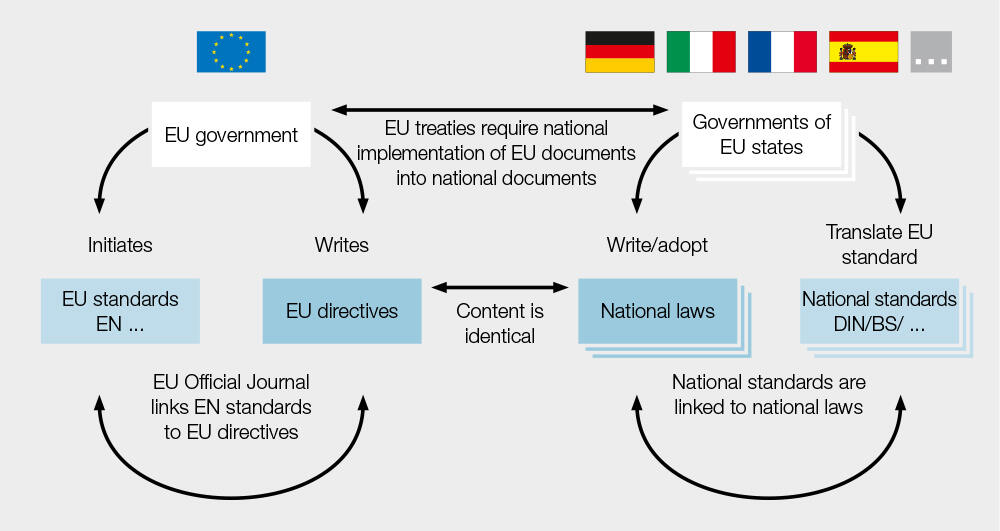On 18.3.2019, the EU Commission published its Implementing Decision (EU) 2019/436 in the Official Journal, outlining the changes to the list of harmonised standards for machines with regard to the Machinery Directive 2006/42/EC. It updated the list of standards, whose application triggers presumption of conformity in accordance with the Machinery Directive 2006/42/EC.
A complete list of harmonised standards was published in the Official Journal of the European Union until the above decision came into force. The publication was valid until the next complete catalogue was published. The last version of this catalogue, containing an overview of all the standards harmonised under the Machinery Directive, appeared on 9 March 2018.
The practice for publication has fundamentally changed.
From Implementing Decision (EU) 2019/436, only the changes from the previous document will be described; a complete, consolidated list will no longer appear.
Publications now have the following structure, with a total of 3 annexes:
- Annex I: Newly published harmonised standards
- Annex II: Harmonised standards that are published in addition to the previous publication with certain restrictions
- Annex III: Previously harmonised standards withdrawn from the Official Journal of the European Union
Since that first decision, further decisions have appeared at regular intervals, for which you must observe the procedure described above. You'll find an overview of these decisions on the EU Commission's homepage. There you'll find a summary of all the harmonised standards published in the Official Journal of the European Union. The summary includes all the standards for which there was presumption of conformity at the time the list was prepared, as well as the standards that have already been withdrawn from the Official Journal.
However, this summary has no legal force. The EU Commission provides this summary for information purposes only. Although every possible precaution has been taken to ensure that the summary is regularly updated and is correct, errors can occur and the summary may be incomplete at a certain point in time. So the user has no alternative but to watch out for the standards relevant to them in the implementing decisions.
Should you need support, Pilz offers a comprehensive range of machinery safety services.
To services








